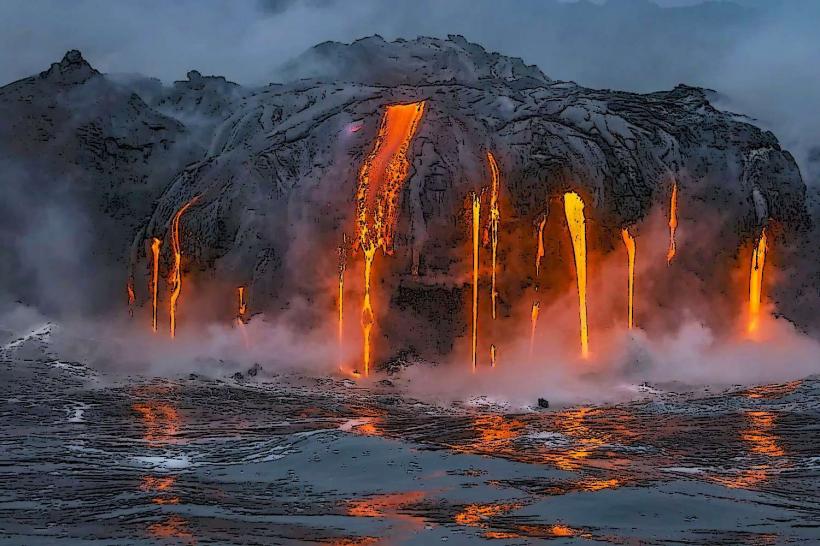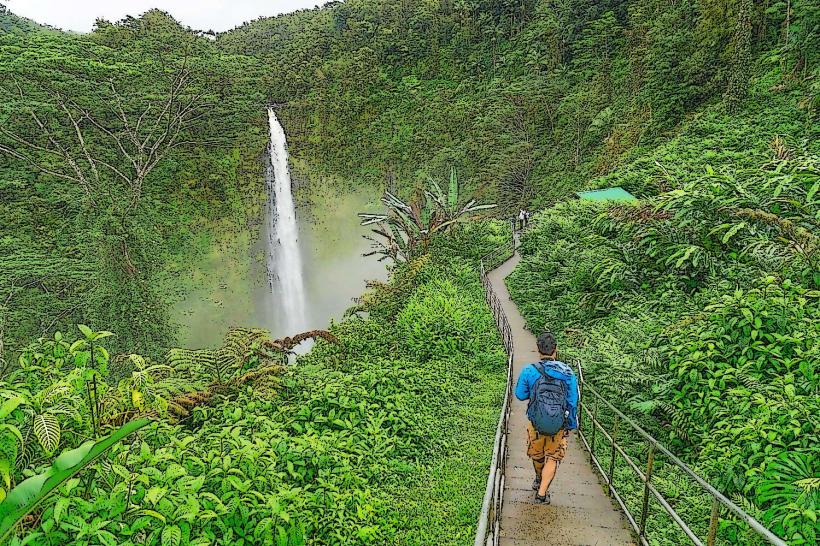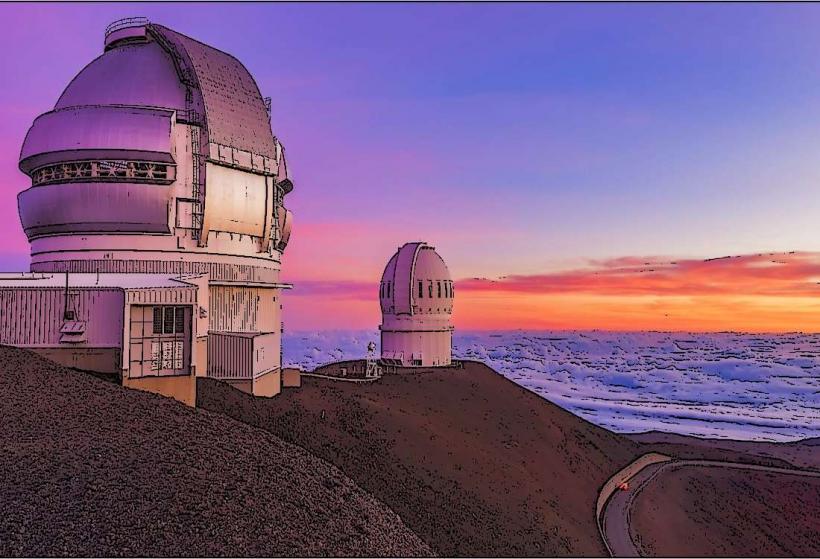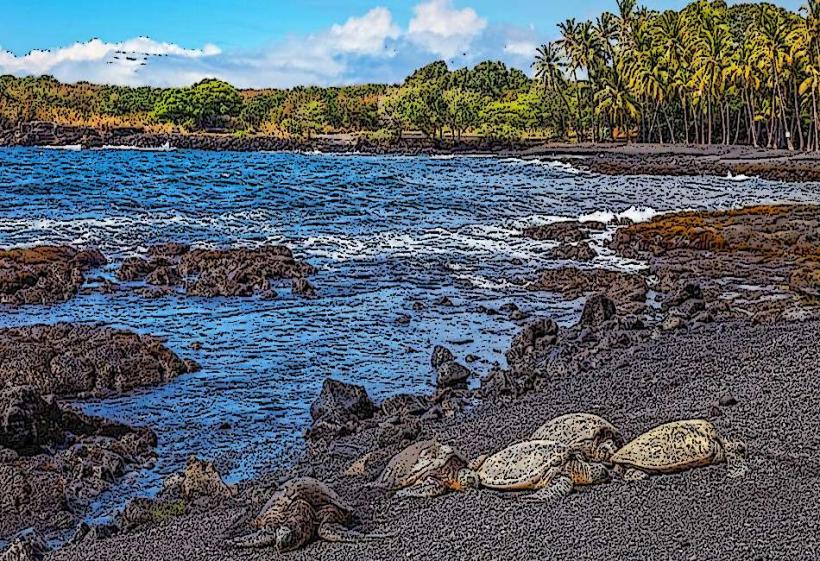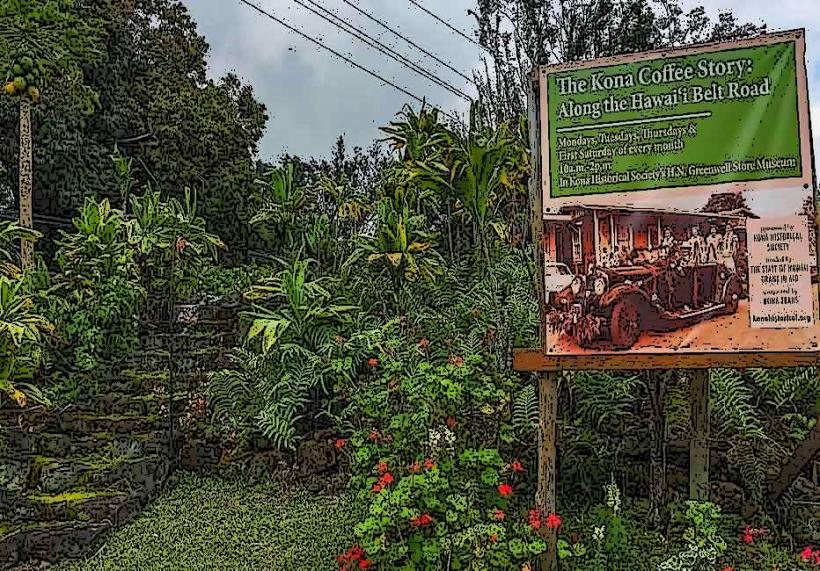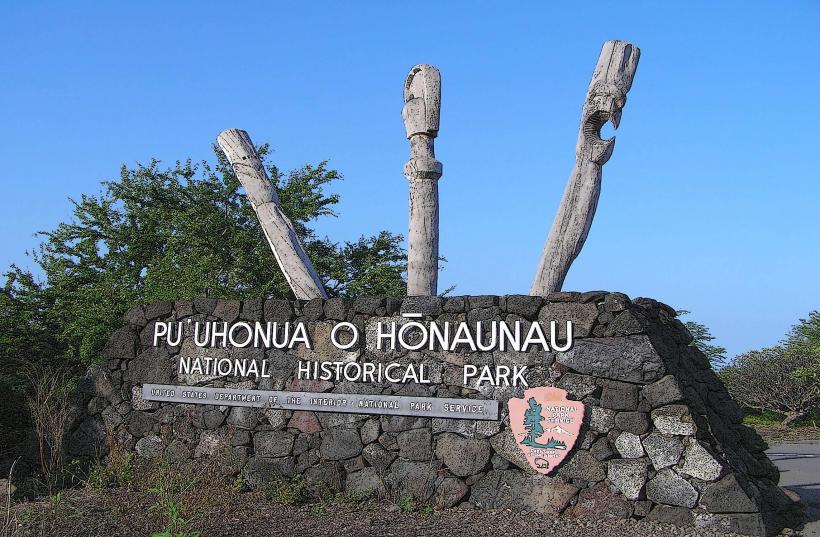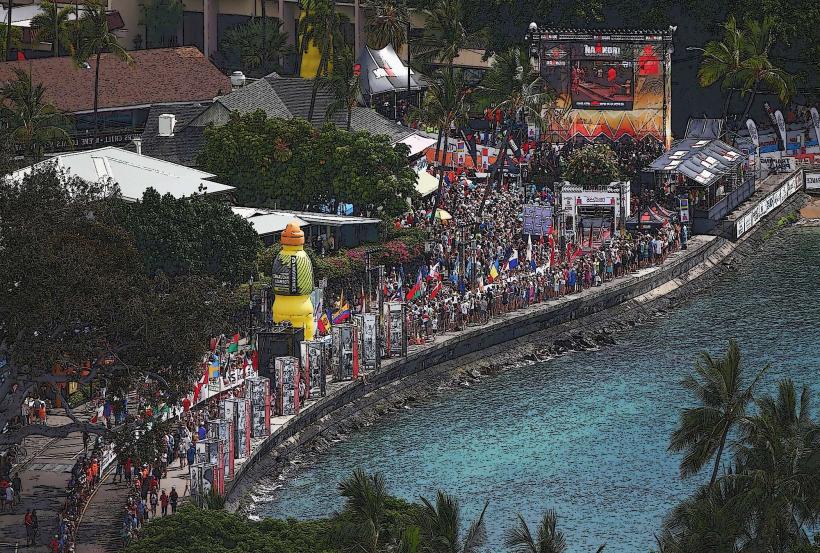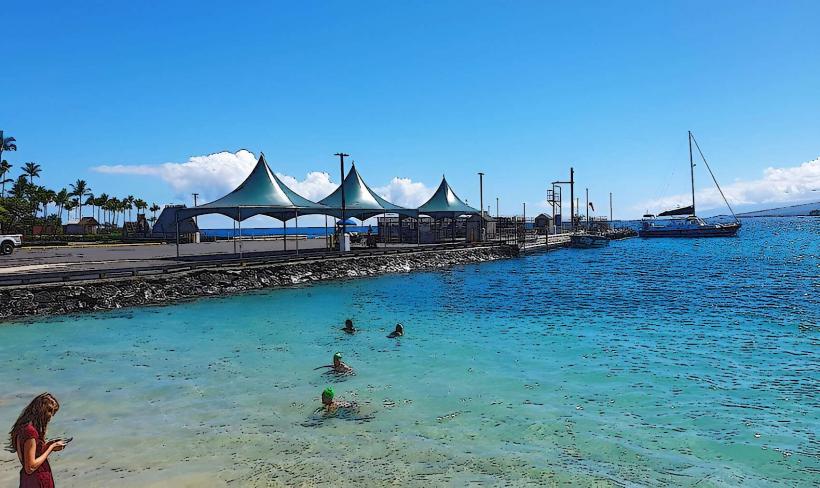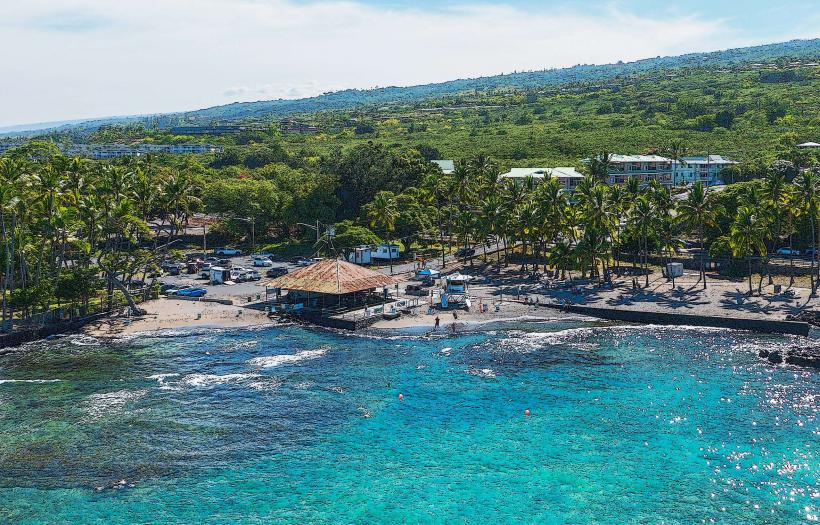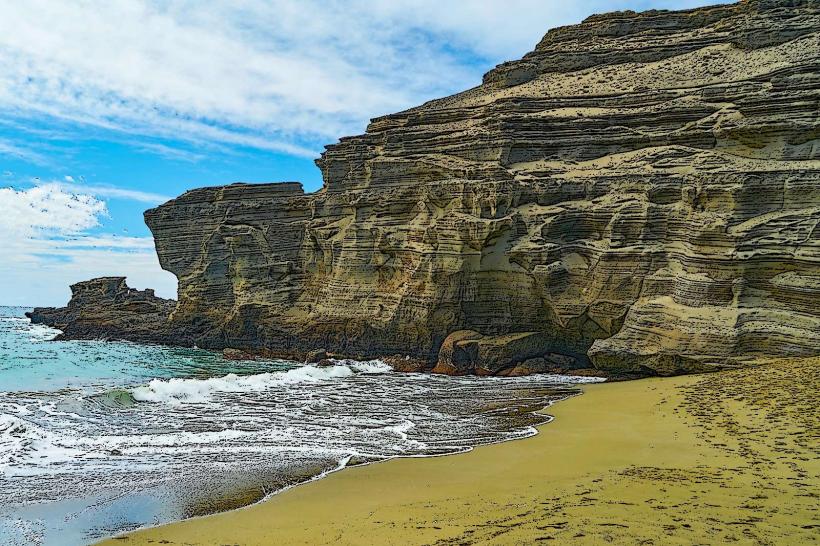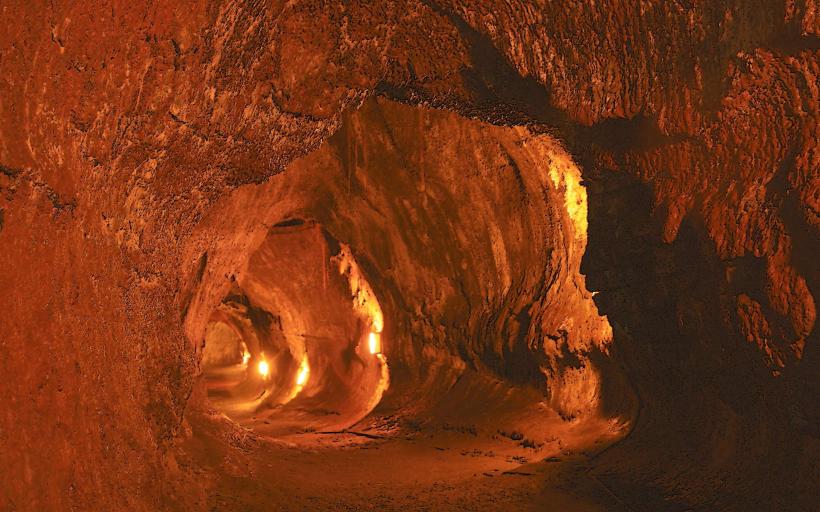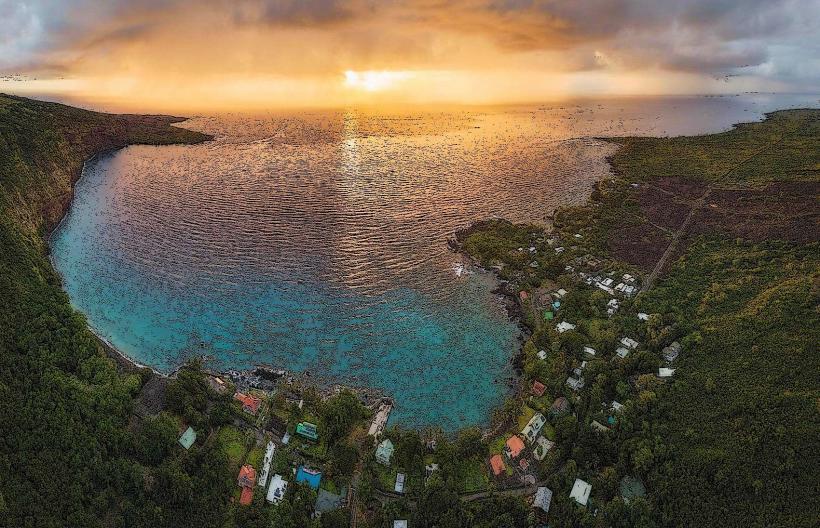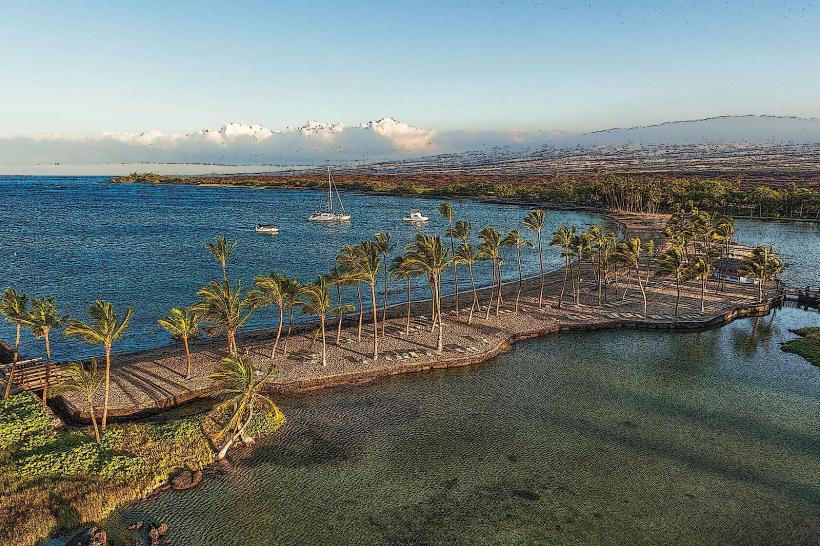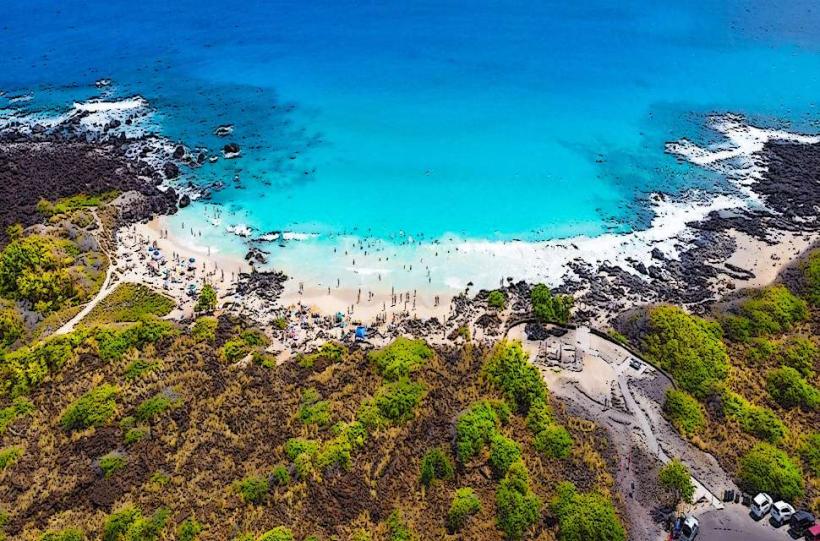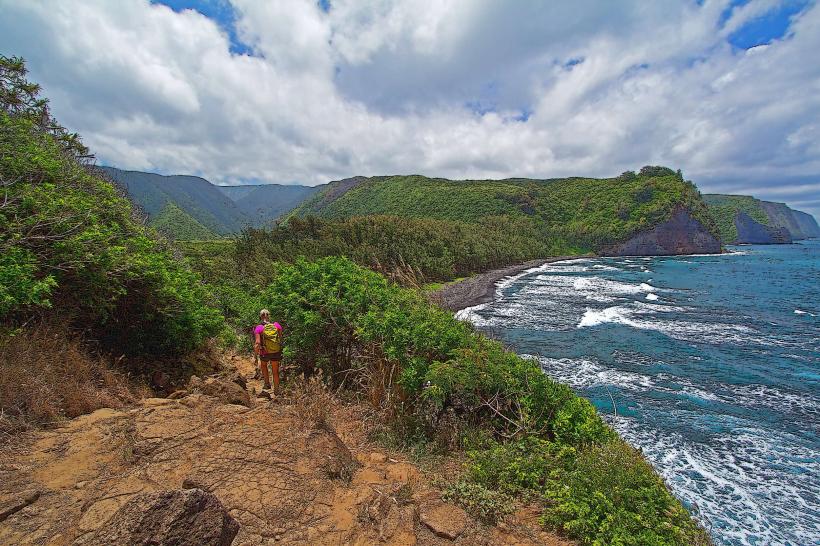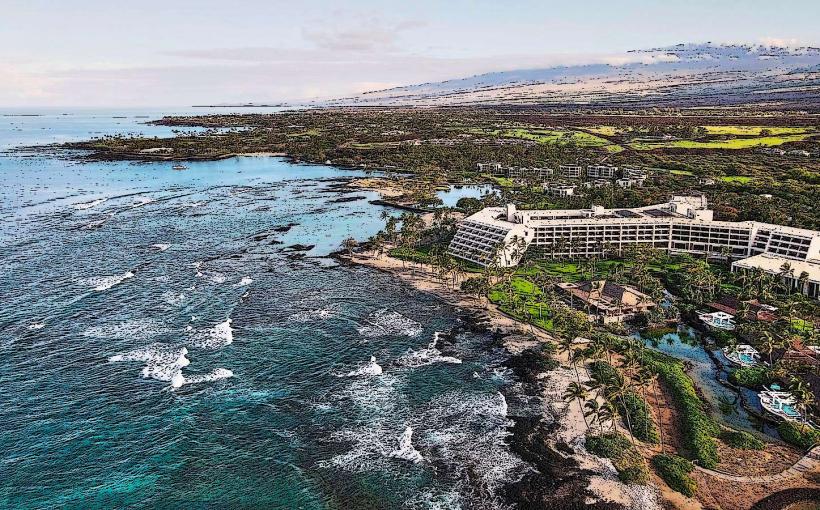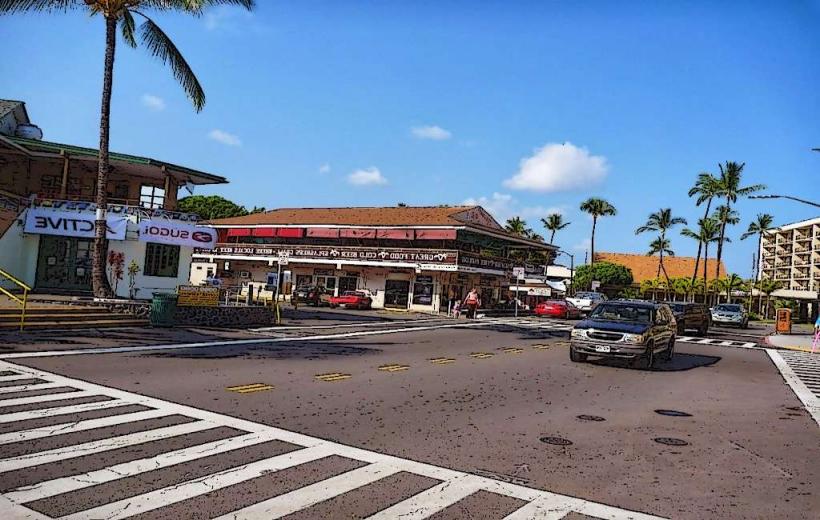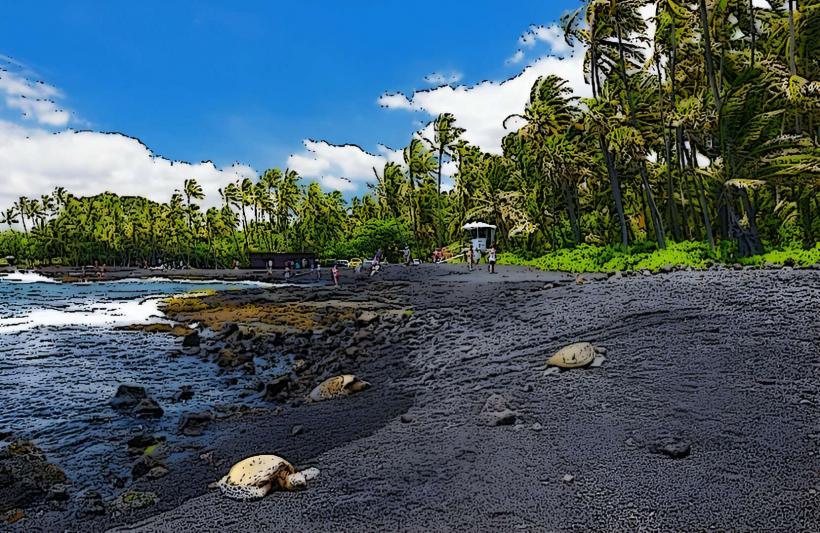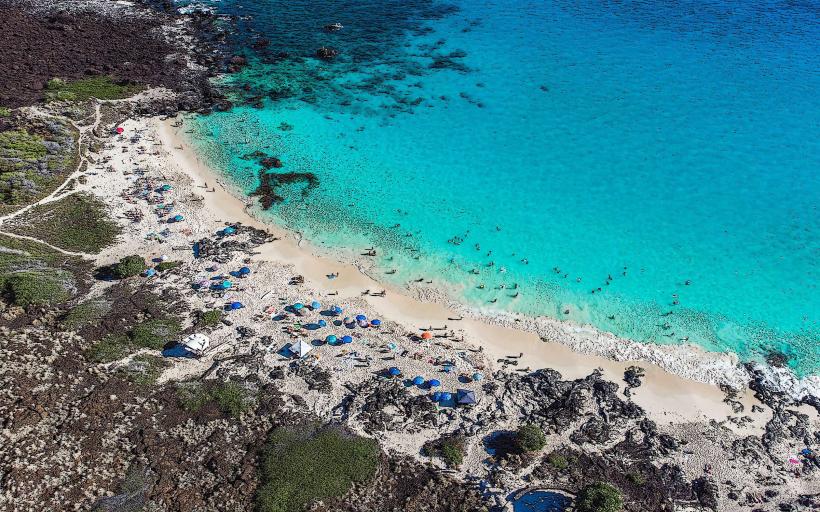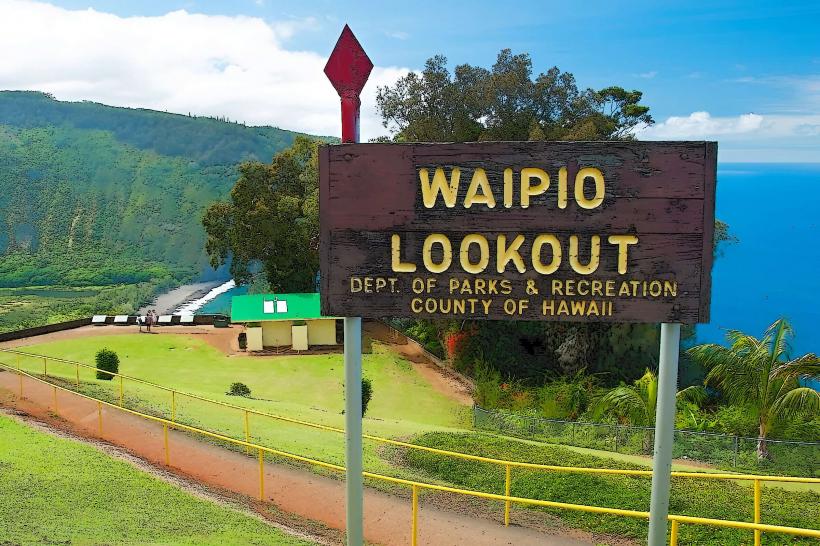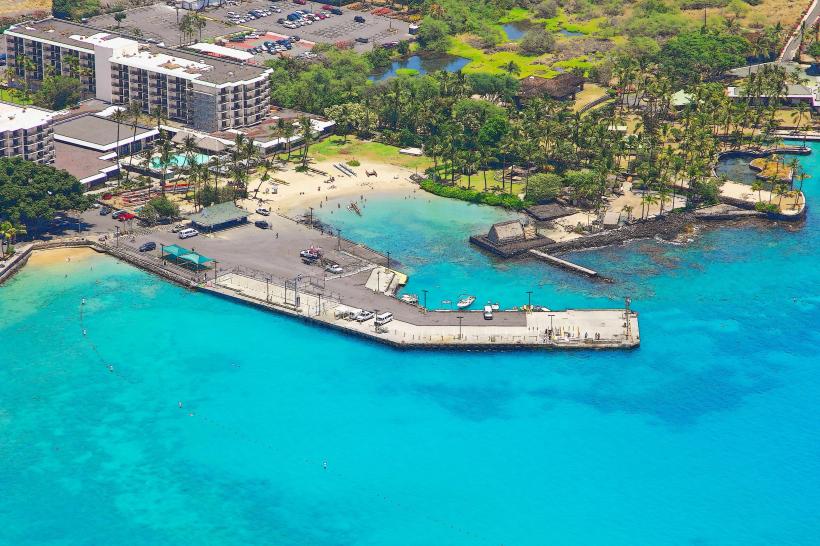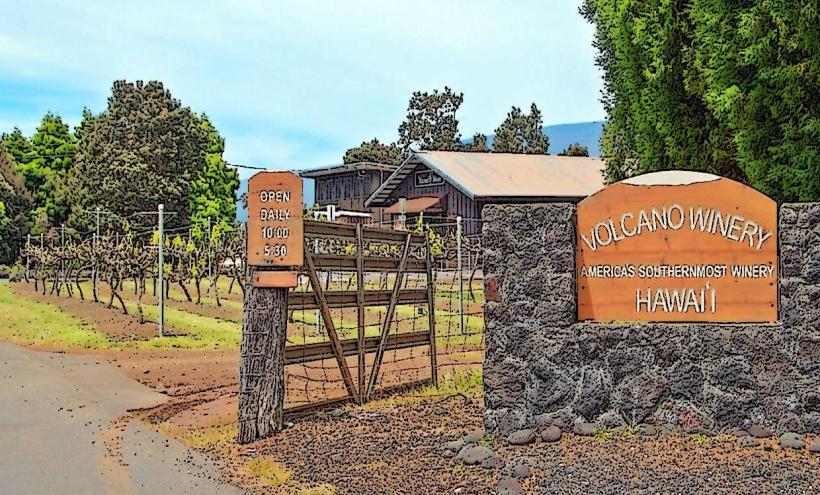Information
Landmark: Kaloko-Honokohau National Historical ParkCity: Kailua Kona
Country: USA Hawaii
Continent: North America
Kaloko-Honokōhau National Historical Park: A Comprehensive Guide
Location:
Kaloko-Honokōhau National Historical Park is located on the Kona Coast of Hawaii's Big Island, just south of the Ellison Onizuka Kona International Airport (KOA). It encompasses approximately 1,160 acres of coastal land and is easily accessible via Queen Ka‘ahumanu Highway (Hwy 19).
Historical and Cultural Significance
Kaloko-Honokōhau is a sacred site for Native Hawaiians and a place to learn about their ancient lifestyle, culture, and relationship with the land and sea. It preserves:
- Fishponds and Loko I‘a: Ingenious fishponds, such as Kaloko and ‘Aimakapā, showcase traditional aquaculture techniques.
- Petroglyphs (Ki‘i Pōhaku): Lava rock carvings depicting people, animals, and symbols tell stories of the Hawaiian people.
- Sacred Sites: The park contains heiau (temples), religious shrines, and other cultural structures that highlight its spiritual importance.
- Historic Trails: Ancient pathways, including sections of the Ala Kahakai National Historic Trail, provide insights into traditional Hawaiian life and transportation.
Key Features and Attractions
1. Kaloko Fishpond
- A large and restored fishpond that demonstrates advanced aquaculture techniques used by Native Hawaiians.
- Constructed with a massive seawall to protect the pond while allowing water exchange, ensuring fish growth and sustainability.
2. Honokōhau Beach
- A tranquil stretch of white coral sand beach ideal for walking, relaxing, and cultural exploration.
- Features tide pools, sea turtles (honu), and native seabirds.
- Swimming is possible, but the shallow waters make it better suited for wading.
3. ‘Aimakapā Fishpond
- A smaller pond that serves as a habitat for native birds like Hawaiian stilts (ae‘o) and coots (‘alae ke‘oke‘o).
- Offers opportunities for birdwatching and understanding Hawaiian wetland ecosystems.
4. Petroglyph Field
- The Pu‘uoina Heiau area contains numerous ancient carvings that represent the spiritual and everyday lives of Hawaiians.
5. Trails
- Māmalahoa Trail: A historic route used by Hawaiians to travel between villages.
- Ala Kahakai National Historic Trail: A coastal path that connects significant cultural sites along the Big Island’s coast.
Recreational Opportunities
1. Hiking
- Several trails weave through lava fields, wetlands, and beaches, offering a mix of cultural and natural experiences.
- Difficulty: Easy to moderate; flat terrain but uneven lava rocks in places.
2. Snorkeling and Swimming
- Shallow coastal waters and tide pools are home to tropical fish and marine life. Snorkeling is best during calm conditions.
- Avoid touching coral or disturbing marine creatures, especially the protected sea turtles.
3. Birdwatching
- The park is home to native Hawaiian birds, including the endangered Hawaiian stilt and Hawaiian coot.
4. Cultural Education
- Visitors can participate in ranger-led tours and cultural demonstrations that highlight Hawaiian history and traditional practices.
Park Amenities
- Visitor Center (Hale Ho‘okipa):
- Features exhibits on Hawaiian culture, history, and natural resources.
- Offers maps, brochures, and information about park activities.
- Parking: Free parking is available near the visitor center.
- Restrooms and Water Stations: Available for public use.
- Guided Tours: Check the schedule for ranger-led programs.
Environmental Preservation
The park focuses on conservation and the protection of natural and cultural resources:
- Marine Life Protection: The area is part of a marine protected zone, with strict guidelines to safeguard coral reefs, fish, and sea turtles.
- Restoration Projects: Efforts include restoring traditional fishponds and replanting native vegetation.
- Reef-Safe Sunscreen: Visitors are encouraged to use eco-friendly sunscreen to protect marine ecosystems.
Tips for Visitors
- Wear Comfortable Shoes: Trails often cross rough lava rock terrain.
- Bring Water and Snacks: The park can be hot, and facilities are limited.
- Respect Cultural Sites: Avoid climbing on or disturbing heiau, petroglyphs, or other sacred areas.
- Plan Ahead: Check weather and tide conditions, especially if planning to explore beaches or tide pools.
- Leave No Trace: Follow the principles of leaving the area as pristine as you found it.
Nearby Attractions
- Kona Coffee Farms: Learn about the Big Island's famous coffee industry.
- Kailua-Kona Town: Offers shops, restaurants, and cultural sites like Hulihe‘e Palace.
- Pu‘uhonua o Hōnaunau National Historical Park: A sacred site and cultural landmark south of Kona.
Kaloko-Honokōhau National Historical Park offers a blend of natural beauty, historical significance, and cultural education, making it a must-visit destination for anyone interested in experiencing the heart of ancient Hawaii.

